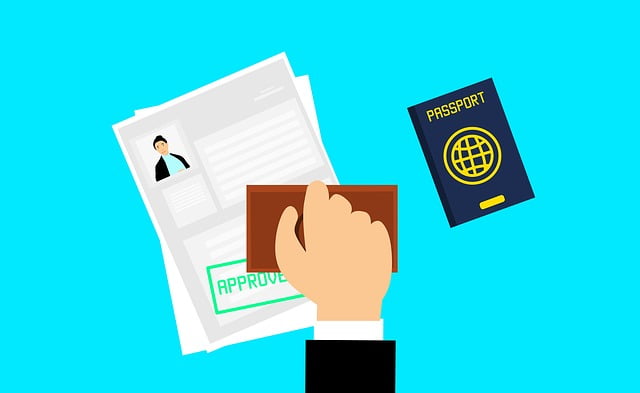On Friday, January 25th, the US federal government has temporarily reopened after a 35 day long shutdown. This is the longest shutdown in history, which left entire departments closed and federal employees were furloughed. E-Verify was included in this group and was off-line since December 22nd.
The Department of Homeland Security (DHS) and United States Citizenship and Immigration Services (USCIS) manage the E-Verify system, which allows employers to verify the work status of new employees. E-Verify goes in conjunction with the traditional I-9 form, which still needs to be completed within three days of hire. The system takes information entered on the I-9 form and checks it against data within the DHS and the Social Security Administration (SSA) databases. Status is typically confirmed within minutes or a Tentative Non-Confirmation (TNC) is given. Deadlines are then established for when a TNC must be resolved.
During the shut down, employers could not use the E-Verify system to confirm employment status for new hires. DHS suspended the three day filing rule for E-Verify cases and time periods for resolving TNC’s were extended until business operations begin. But, this did not pause the requirement for the I-9 form to be completed. Employers still need to complete the I-9 form within three business days of a new hire’s start.
For some, the lack of E-Verify services hasn’t been very impactful. For others, it’s creating a nightmare. Organizations with federal contracts may have their hiring put on hold as contracts require employment confirmation through E-Verify. Others that are still able to onboard employees will need to backtrack and complete the E-Verify step once the service is back up and running. For some employers, that could mean going back to process a couple hundred new hire records.

DHS and USCIS has yet to release updated guidelines now that the shutdown has ended, but it doesn’t hurt to be proactive. Now is the time to start putting together a plan of action. You can then adapt your plan and create a timeline based on the guidelines once released.
First, you should get an idea of the total number of employees impacted, which can be achieved a few ways. An employee census report may be the easiest way to get the information and you can filter the spreadsheet for people hired since December 22nd. If you’re a lucky HR person, you may even have access to an HR dashboard that will give you that census information even quicker. You can also ask your talent acquisition point if they have a tracker for new hires coming on board.
Now that you have an idea of how many people will need to be processed in E-Verify, start thinking about how long it will take to get them processed. If it was an ideal situation where you could solely focus on submitting the E-Verify cases, how long would it take you? 20 people will be a lot quicker to process than 100. You should consider what else you and your team have going on now that may need to be accomplished. Also, keep those TNC’s in mind. TNC’s extend the process and could potentially lead to employment status not being verified. You may have to terminate employment at that point.
The government shutdown has not been easy for anyone and HR wasn’t left out. It may seem like a daunting process to get caught up with E-Verify, but the more planning you do, the easier it will be.












